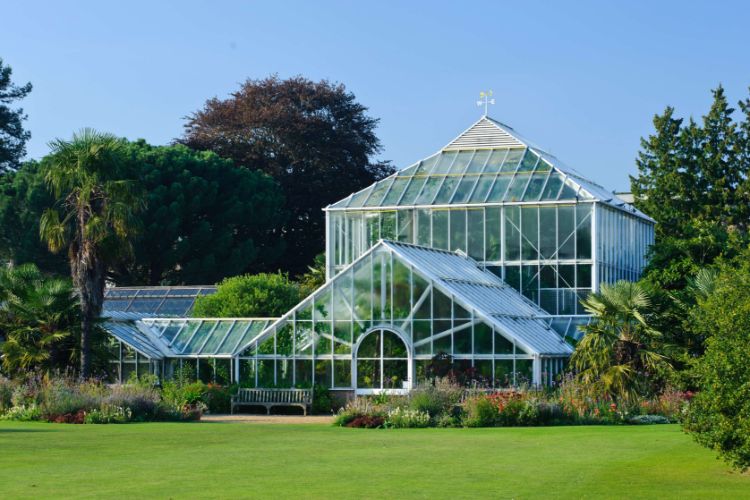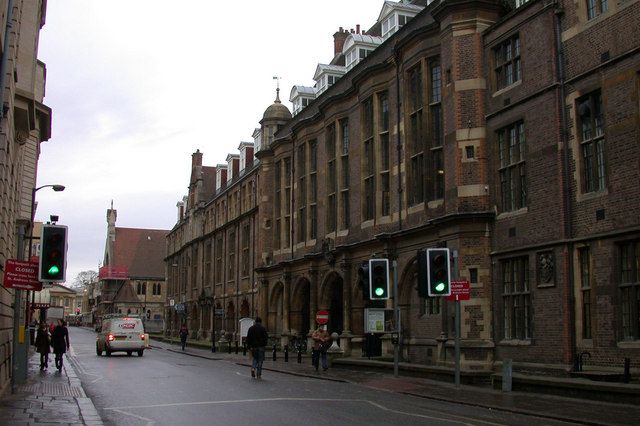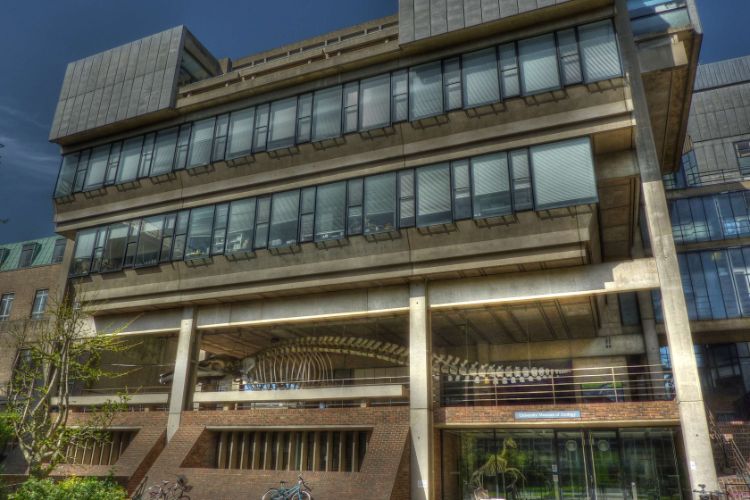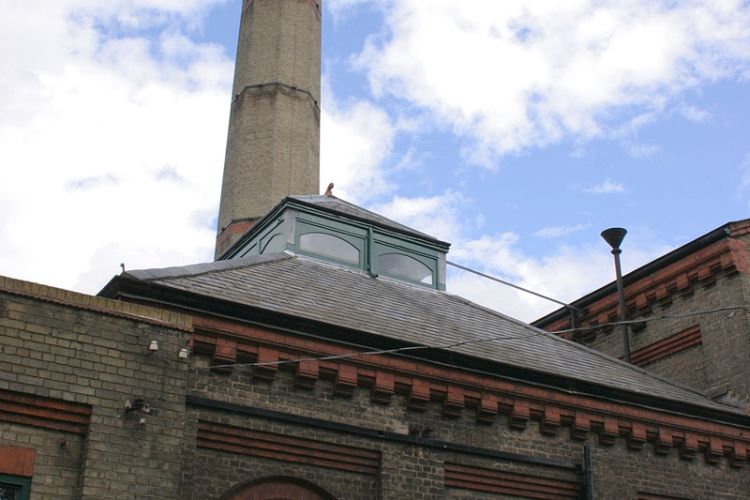Is nature and the natural world something that interests you and are you looking for the best nature museums to visit in Cambridge? These are the ones:

Anglesey Abbey, Gardens and Lode Mill
CambridgeThe former owner of Anglesey Abbey, Urban Huttleston Broughton, 1st Baron Fairhaven, played a significant role in shaping the manor house as it stands today. He renovated the house and adorned its interior with a valuable collection of furniture, paintings, and art objects. These collections provide a glimpse into the past and are a treat for art and history enthusiasts.
Cambridge University Botanic Garden
CambridgeThe Cambridge University Botanic Garden, one of the most significant botanical gardens in the UK, is conveniently located between Hills Road and Trumpington Road. This prime location makes it easily accessible for tourists and locals alike. The garden is a hub of botanical diversity, showcasing around 8,000 species across its 16-hectare area.
Sedgwick Museum of Earth Sciences
CambridgeThe Sedgwick Museum of Earth Sciences is a significant part of the University of Cambridge. It is situated in the heart of Cambridge, England, making it easily accessible for tourists. As the university's geology museum, it offers a unique opportunity to explore the fascinating world of earth sciences.
Museum of Zoology
Cambridge
Cambridge Museum Of Technology
CambridgeThe Cambridge Museum of Technology, located in Cambridge, England, is an industrial heritage museum. The museum is housed in a building that was originally a combined sewage pumping and waste destructor station, built in 1894. This unique setting provides a fascinating backdrop for the museum's exhibits, which celebrate the achievements of local industries and the people who worked in them.